Inflammation of the prostate, i. e. , the prostate, will gain a chronic course regardless of the cause of the disease. To effectively treat chronic prostatitis, you need to know for what reasons.

Good health, dear reader. In contact, Alexander Burusov is an expert at Viva Men's Club and we continue to understand chronic prostatitis, its causes, symptoms and treatment options.
In this article, we will try to figure out which ones are better to treat this terrible disease and which ones can be chosen. Let's start analyzing the most modern and effective ways to treat prostatitis in men.
What is prostatitis?
Prostatitis is called prostatitis. It may be the result of entering the body due to immunity, infection, hypothermia, stress, inactive lifestyle, active or vice versa.
The prostate or prostate is part of the male reproductive system. This is the basis of the urethra. The size of the prostate can be compared with the size of the walnut. The main function of the organ is the development of the secret that leads to sperm activity.
There are 4 diseases:
- Chronic bacteria.
- Chronicity has nothing to do with the development of bacteria.
- Chronic asymptomatic.
- Spicy.
All other types of prostatitis have no obvious manifestations, so diagnosing them is always difficult. The main symptoms of chronic disease types include:
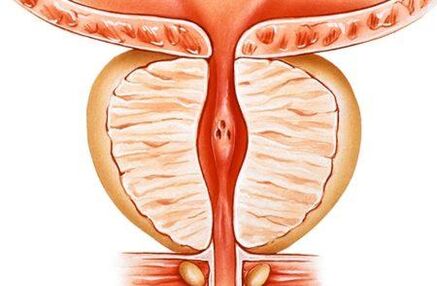
- Pain in the lower abdomen (can be given to the back).
- Exit from the urethra (can be transparent or suppurative).
- Sexual dysfunction.
- Distant urination.
Prostatitis may be asymptomatic and is diagnosed based only on the test results. He can rise among a man over 25 years old. After 35 years, its developmental risk has increased significantly, with the 50% chance of diagnosing prostatitis in 45-year-olds. Therefore, it is necessary to have annual examinations of urologists as adults, which will help to test in the early stages and start treatment in a timely manner.
diagnosis
Only urologists can determine the presence of prostatitis. After the inspection, he can appoint additional inspections:
- Physical examination is a palpation of the prostate, during which the condition and size of the gland can be determined.
- Transrectal ultrasound.
- Smear or secret analysis of the presence of leukocytes and bacteria.
- Clinical urinary analysis, where proteins, white blood cells and bacteria can be found.
- Ejaculation analysis.
- Cytological urine analysis.
- Bacteriological urine analysis.
- Analyze the protein levels in dogs.
- Urodynamic study.
- Cellular Scopy. Distribution can only be done if there is any sign of injury or preparation for surgery.
Causes and aggravation of the disease
Due to close contact with the prostate, inflammatory diseases of the rectum lead to the formation of its internal inflammatory focus. The blood vessels feeding the prostate are the arterial branches of the bladder, rectum, the posterior s bone artery, and the deep artery of the thigh. Any infectious focus available in these organs can fall into iron.

Any localized chronic infection, such as the sinus of the nose, can lead to reduced immunity and conditionally pathogenic microorganisms on the skin, in the intestine, the urethra-urethra-becomes lesions. This leads to the development of chronic processes.
Because blood stagnates in the context of physical activity, the circulation of the prostate is violated, causing the flow of drugs to the prostate to worsen and complicates the treatment of chronic prostatitis in men.
Increased flow of organs located in the pelvis is not only due to low physical exercise, but also from many factors:
- Irregular sex life;
- Interrupted sexual intercourse;
- Smoking, alcohol;
- Varicocele in the lower limbs;
- sideitis and enteritis;
- Thrombotic hemorrhoid veins in the background of chronic hemorrhoids;
- fissures and fistulas in the anus;
- The tone of the blood vessel wall is regulated by the sympathetic and parasympathetic nervous system, and the loss of blood and the disease that flows from the organs is disturbed.
- Rider, cyclist, motorcycle rider among trousers rott trauma.
As the urogenital infection spreads sexually, the disease does not always end up curing – which is why chronic prostatitis develops. The most common pathogens are:
- Trichomonas;
- branch office;
- gonococci;
- gardnerella;
- Diapers;
- Chlamydia;
- mushroom;
- Virus;
- E. coli;
- Streptococcus;
- Enterococcus;
- staphylococcus.
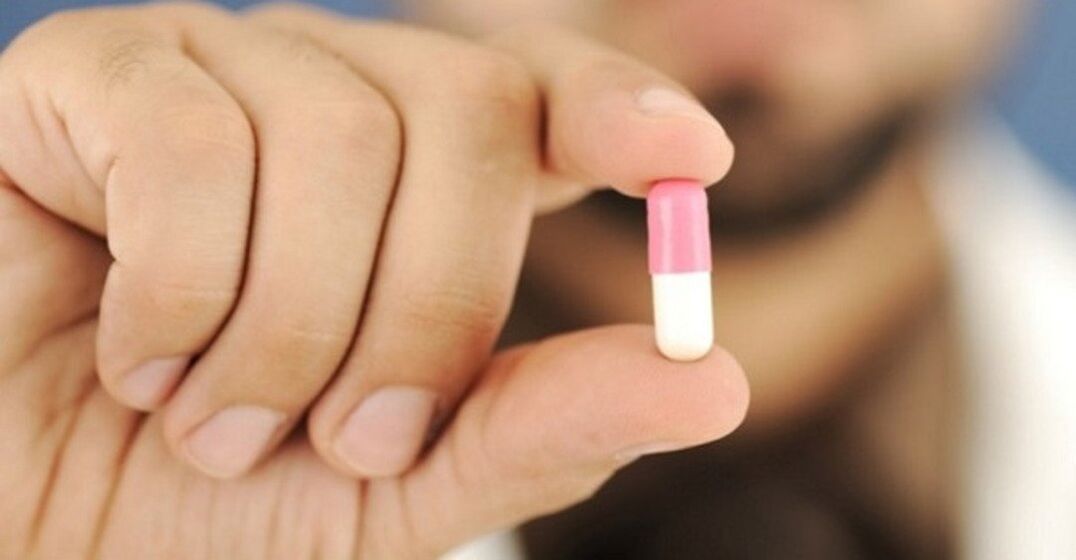
These microorganisms are hard to cure.
40 years later, a man's hormone activity gradually began to disappear. First, it is asymptomatic.
The reduction in testosterone production over and over again leads to a slight stagnation of secretion in prostate granules. This stagnation gradually increases. The substances contained in the secret of the prostate have not been completely removed. The secretion, movement, and disordered functions of the prostate secretion begin to be affected.
Cymonic acid in the prostate performs a bactericidal function, diluting it. As citric acid stagnates, bacterial infection begins to develop. The level of citric acid in the prostate is directly related to the amount of testosterone in the blood.
Clinical pictures of the disease
Symptoms of chronic prostatitis in men:
- Discomfort, pain in the pubic bone;
- Pain is shot regularly in rectum and ac bone;
- Urination and pain increase, especially after hypothermia, stress;
- non-characteristic emissions;
- Invading ejaculation, erection;
- Premature ejaculation;
- Increase sweating;
- Impaired sleep;
- The periodic increase in body temperature at night shall not exceed 37. 2-37. 3 0 C.

From what symptoms prevail: Pain, urination or sexual dysfunction - The treatment of chronic prostatitis in men depends on.
The main components of disease treatment
It is necessary to highlight the main areas of treatment:
- Drugs;
- Normalization of work and rest systems;
- Rational nutrition;
- Reject bad habits;
- Plant structure, massage;
- Folk therapy.
Drug treatment
Effective treatment of prostatitis should be aimed at eliminating the causes of prostatitis. After the necessary diagnostic studies are performed, the doctor will select the medication separately. If a chronic form has been obtained, let's analyze how and how to treat prostatitis. The main directions of drug treatment:
- antibiotic;
- Anti-inflammatory drugs;
- Eliminate urine outflow;
- Urine therapy to eliminate urinary system infections;
- Preparations for improving arterial and venous blood;
- Drugs that improve fluidity and reduce blood viscosity;
- Vitamins;
- enzyme;
- Sedatives, psychotherapy effects;
- Correct immune diseases;
- Treatment of metabolic diseases and hormone dysfunction.
Antibacterial treatment
Whether we cure chronic prostatitis will depend on good choice of antibacterial treatment. It is important to note that treatment and treatment of prostatitis can only be as effective as possible only when the type and stage of the disease is properly determined.
Antibiotics are chosen by people who have good penetration of the prostate and act effectively on pathogens. Some pathogens of chronic prostatitis, such as urea overtime, are not sensitive to the following strong drugs:
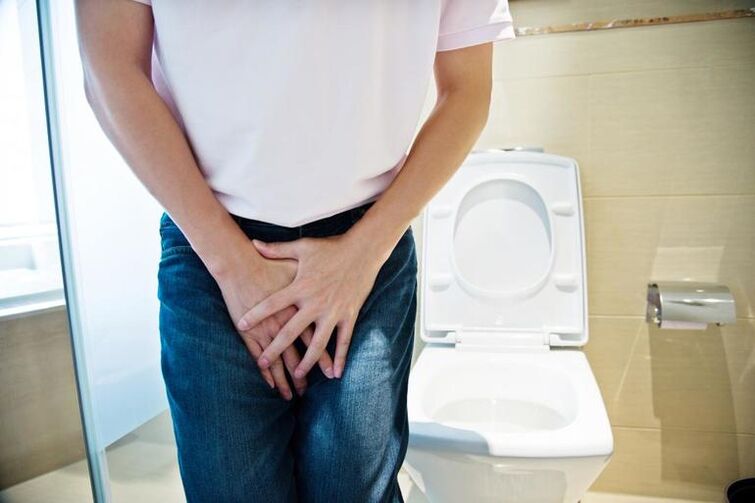
- Tetracycline;
- some cephalosporins;
- levofloxacin;
- Claricycline.
Nonsteroid anti-inflammatory drugs
The effects of nonsteroid anti-inflammatory drugs (NSAIDS) are normalized with the permeability of the blood vessel wall, which is the recovery of microcirculation. They reduce education and do not allow existing inflammatory mediators to be absorbed. We must remember the properties of NSAID, which form ulcers and duodenum in the stomach.
It is most reasonable to use rectal candles with NPs such as indomethacin.
Normalize blood flow with drugs
Normal blood flow is achieved through sufficient diameter of the arteries that carry blood into the veins, which is the outflow of oxygen. It is also necessary to reduce blood viscosity in the capillary channel and achieve good fluidity.
In order to achieve good results in the treatment of chronic diseases of the prostate, it is necessary to treat inflammatory diseases of the urethra, bladder and kidneys. To do this, use the medication:
Prostatitis inevitably reduces efficacy, weakens libido, and destroys erection. These phenomena are always accompanied by symptoms of irritability, reduced emotional background and mood swings. With these symptoms, sedatives, anti-anxiety drugs and antidepressants were prescribed.
Plant therapy
Herbs are well known to be an alternative to using drugs in the treatment of many diseases. Can it help cure prostatitis? Usually, to improve the metabolic process of the prostate, doctors recommend using herbs (licorice, nettle, peony, plantain, St. John's wort, etc. ). All of these plants have a lot of selenium and zinc. However, they only need to be used as part of complex therapies. Usually, the soup of these herbs is used to bathe.
The impact of physical therapy
The following treatments for chronic processes are used to affect the prostate:
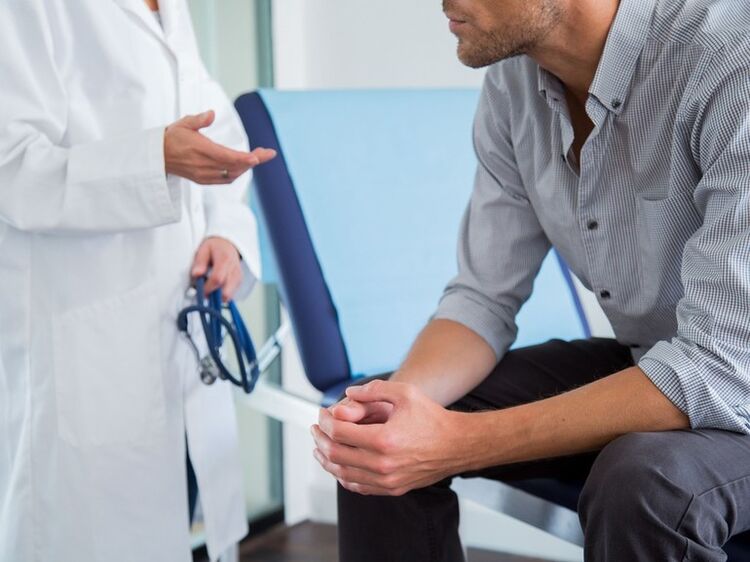
- ultrasound
- Electrophoresis;
- Bath with hot water, chamomile, linden, sage, thyme;
- Warm enema
- Prostate massage by rectal massage;
- Hirudotherapy
- uhf;
- attribution;
- Microwave resonance therapy.
The severity of psychological bias and depression manifestations depend on how much chronic prostatitis is treated. In order to speed up the treatment process, physical therapy must be added without contraindications.
Nutritional advice
In this case, standard recommendations for all chronic diseases in the form of rejecting fried, salty, praise, smoking are insufficient. The effective treatment of prostatitis depends on rational, balanced nutrition. It is necessary to add celery, ginger, turmeric, spikes and other foods.
They contain:
- Silicon normalizes the formation of hormones in the body;
- B vitamins, remove toxins and restore the redox process;
- Chromium, germanium, selenium, and zinc normalize the function of the sympathetic and parasympathetic nervous system;
- Vitamin C, and normalizes the permeability of the cell membrane, have antioxidant properties.
- Extreme amino acids, Omega 3, rejuvenating sexual function.
Apitherapy uses: natural honey, nails, wallets, royal jelly, dead bees, bee pollen.
Folk treatment
The treatment process for chronic prostatitis must be supplemented with herbs, which should take into account all these mechanisms of disease development. The effects of the treatment will then be fully realized.
The following herbs can be used:
- nettle, sage, stubborn;
- Mint, Plantain, Hrich;
- Rosehip, Yarrow, Warmwood;
- Thyme, birch buds, forest flowers;
- Successfully drowned, chamomile, mother.
The cure for chronic prostatitis depends on the long-term use of herbs and controversial drug treatment process of the regimen.
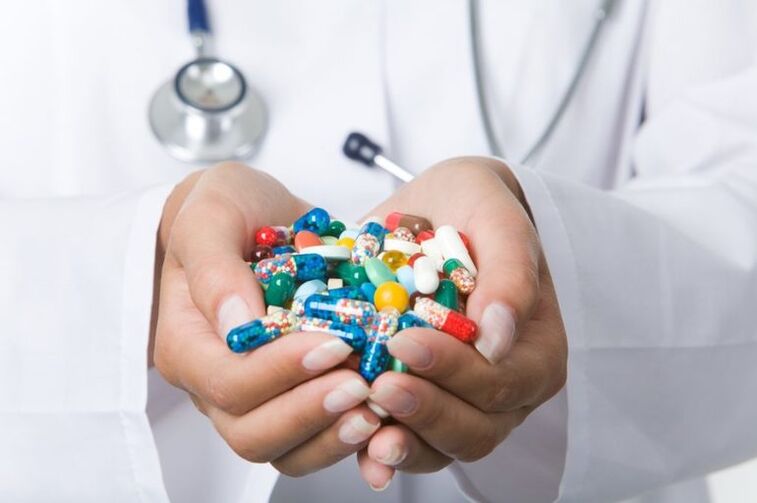
Use liquid level, for oral infusion, for trace liquid. Tin agents are not recommended, that is, alcohol-containing drugs are not recommended. This prevents successful treatment of chronic urogenital diseases.
All these drugs have a good effect in the treatment of prostatitis among inflammatory, stagnant, hormone etiology.
prevention
The better therapies to cure prostatitis, the urologist will be told after the patient is examined. But, like any other disease, prostatitis is easier to prevent than the consequences of getting rid of. This is necessary:
- Live an active lifestyle. Routine exercise can prevent pelvic stagnation and improve blood circulation. A good effect: swimming, sport walking, dancing, fitness. At the same time, strong exercise should be avoided.
- Ensure proper nutrition. It's worth limiting the amount of fried, salty, fatty, spicy, pickled and smoked foods. The basis of the diet should be: fresh vegetables and fruits, dairy products, and cereals. It is important to adhere to the drinking system.
- Avoid random relationships.
- Maintain a regular sex life. For a middle-aged man, the norm is to have sex a few times a week. This helps with natural massage of the prostate, which greatly reduces the risk of transmission of various bacteria.
- It is important to avoid hypothermia.
- It is necessary to undergo examinations from urologists every year.
After 35 years, everyone must monitor their health because the risk of prostatitis is increasing during this period. To prevent this disease, it is important to take simple preventive measures and conduct regular medical examinations, which will help determine the pathology at the initial stage of easy treatment.






























